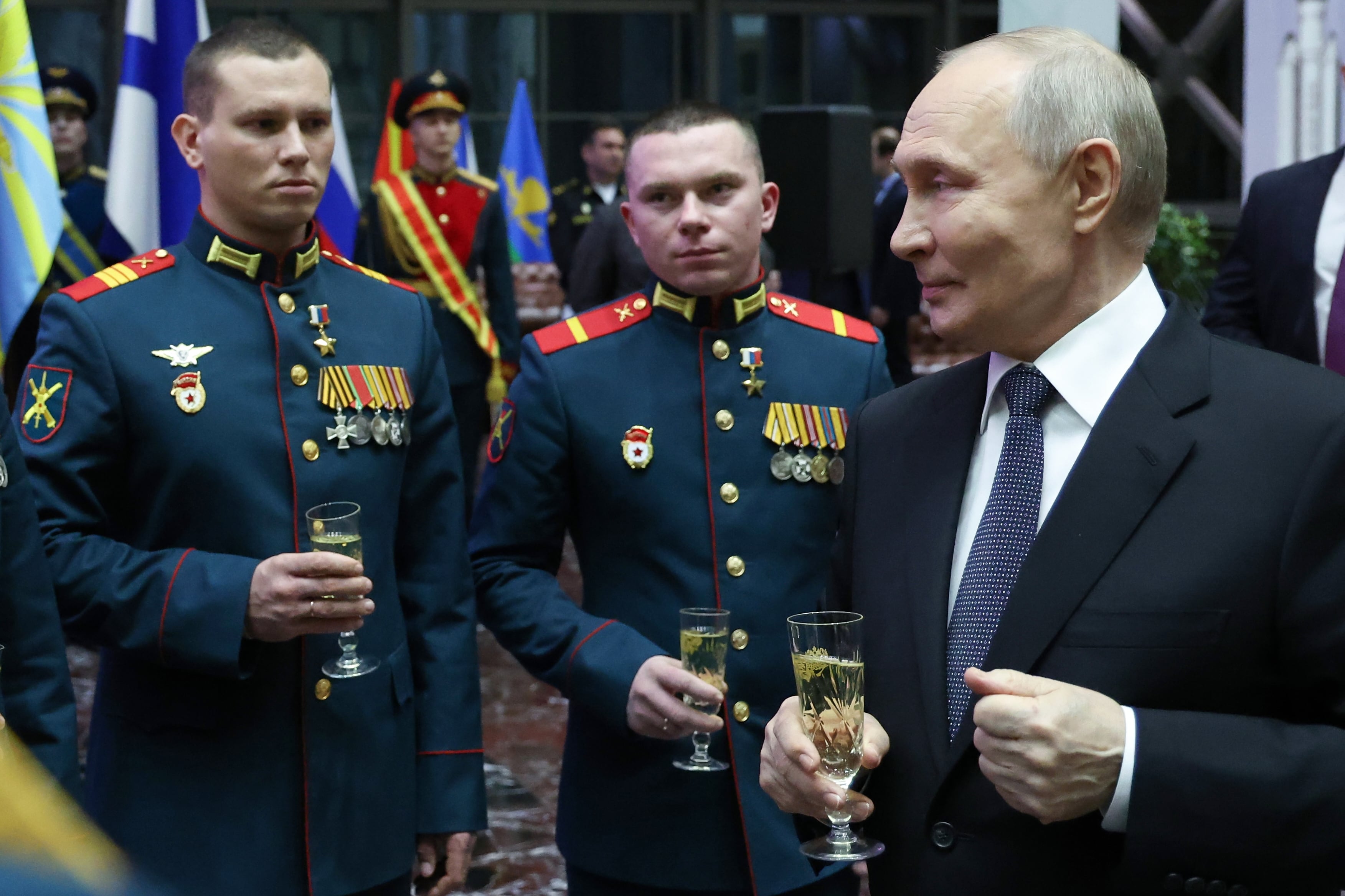The propaganda war between the two Korean states entered a new phase recently. On July 24th, a balloon landed inside the government compound in the Yongsan district of Seoul, near the office of President Yoon Suk Yeol.
The government campus is adjacent to Yongsan Garrison, a sprawling 630-acre site that once housed the occupying Japanese military, then the United States forces, and is now being converted to an urban park. Access to the area is closely regulated on the ground, and its airspace restricted. The arrival of the balloon, one of thousands launched by North Korea since May, in this tightly controlled zone therefore caused some consternation.
This is not the first time that North Korea has penetrated Yongsan. In 2017, propaganda leaflets and CDs were found at various locations across the Yongsan Garrison. Nor is it the first time that balloons have been used to spread propaganda. Since lighter-than-air craft were developed in the late 18th century, they have been used for military purposes including observation, reconnaissance, bombing and artillery adjustment. By the second World War, the Japanese military had developed the Fu-Go balloon programme, and launched more than 9,000 explosive-laden hydrogen balloons across the Pacific Ocean towards North America. Although the practical impact was minimal, the potential of balloons as a propaganda tool was clear.
During the 1950-53 Korean War, both sides sent propaganda leaflets via balloon, although South Korea launched considerably more: over two billion leaflets aimed at both a psychological victory and a demonstration of the raw production power of capitalist industry. The conflict ended with an armistice rather than peace treaty, with the two Koreas still technically at war and divided by a demilitarised zone roughly 250 kilometres long and four kilometres wide across the 38th parallel north.
READ MORE
Seoul is around 50 kilometres from the border, just inside North Korean artillery range. Thankfully, North Korean assaults on this metropolis of 10 million people have mostly been limited to balloons. Tit-for-tat exchanges have seen South Korean balloons, often launched by North Korean defectors, carry pamphlets, banned confectionery, USB drives with K-pop, and even Bibles into the North – a reflection of the strength of Evangelical Christianity among South Koreans and, despite being banned there, increasingly among North Koreans too.
This campaign has been supported by loudspeakers blasting news, anti-North Korean sentiment, and K-pop across the border in an attempt to demoralise North Korean troops. Although the North has generally responded in kind, the recent campaign has featured balloons filled with rubbish, dirty soil and shredded clothes. Analysis of the soil showed the presence of several human parasites, including threadworms, roundworms and whipworms. This suggests a grim situation for agricultural workers in the North, with human faeces used as a fertiliser alongside poor nutrition and hygiene conditions.
While the propaganda exchanges and demilitarised zone are stark reminders of a peninsula frozen in a state just short of outright conflict, the presence of a depopulated buffer in such an otherwise densely populated and industrialised area has led to some surprising upsides. Alongside its geopolitical significance the demilitarised zone has, following 70 years of minimal human activity, become something of an ecological haven. Nature has reclaimed much of the zone, resulting in a strip rich in diversity.
Bisecting the entire Korean peninsula, the zone includes rivers, wetlands, mountains and woodlands, supporting a huge variety of plant and animal species, includes rare and endangered species that have claimed the space as a sanctuary free from human interference. The South Korean Ministry of Environment hopes that, following any eventual reunification, the zone will be a national park (or peace park) and recognised as a biosphere reserve by Unesco.
The zone is host to many vulnerable animal species, including the golden eagle, red-crowned crane and white-naped crane, all globally endangered birds. Given the lack of human activity in its wetlands, the zone functions as an important stopover for other bird species. Larger mammals, such as the rare Asiatic black bear, consider the zone a refuge, while two of the most critically endangered feline species, the Amur leopard and Siberian tiger, have been spotted but not confirmed by observers.
While the demilitarised zone’s ecological haven is symbolically important for peace and co-operation between the two Koreas, any future reunification could, ironically, threaten its delicate balance by increasing human activity and development. Nevertheless, joint ecological projects could promote collaboration over their shared natural heritage in the interim, building trust and embedding the idea of this unique, unexpected sanctuary as a shared gift that must be protected.
Stuart Mathieson is research manager at InterTradeIreland
- Sign up for push alerts and have the best news, analysis and comment delivered directly to your phone
- Join The Irish Times on WhatsApp and stay up to date
- Listen to our Inside Politics podcast for the best political chat and analysis










